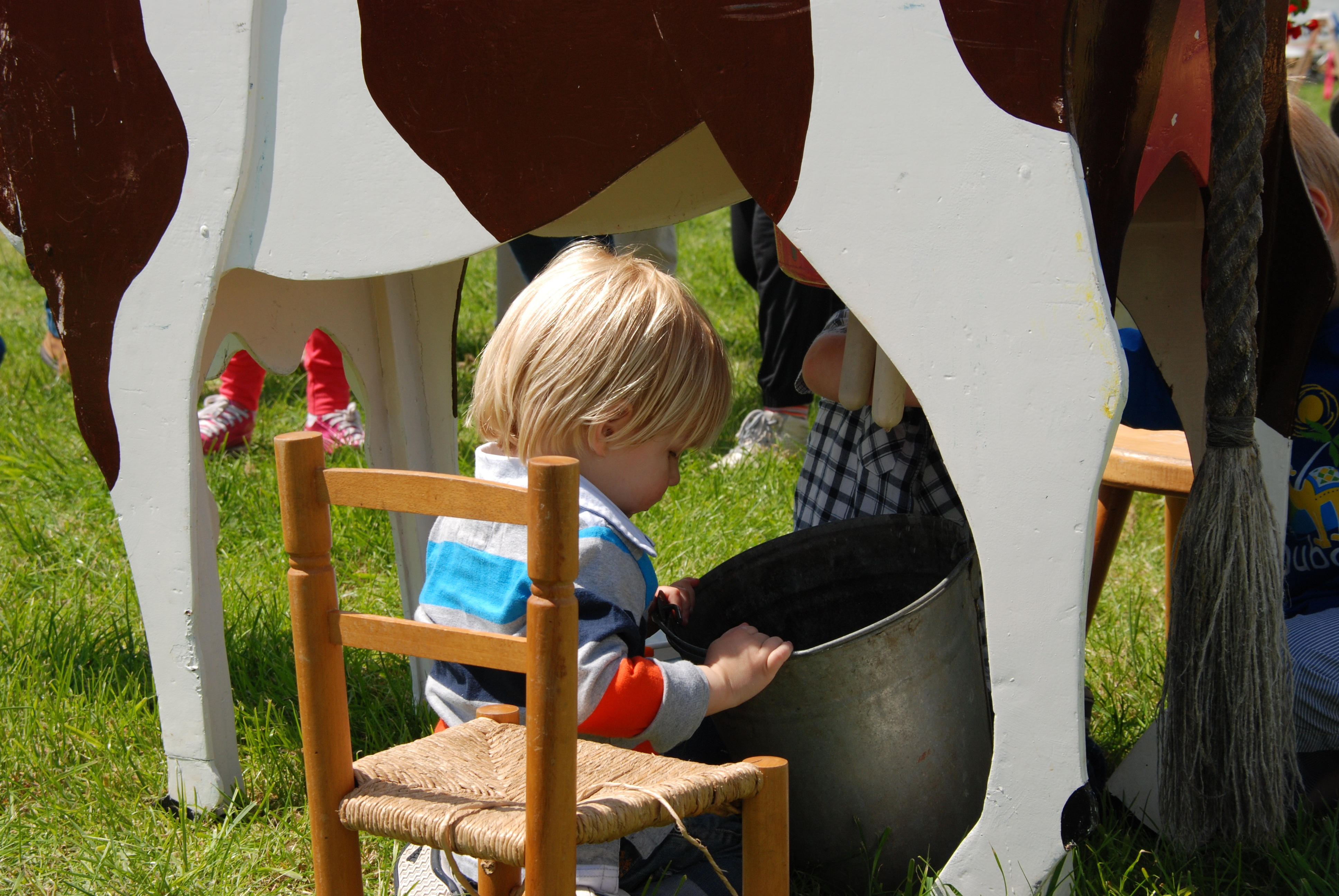 The number one reason why people begin homesteading is so that they can become more self-sufficient and rely on the food industry less. Milk and dairy are one of the biggest of these products, particularly for those who have children.
The number one reason why people begin homesteading is so that they can become more self-sufficient and rely on the food industry less. Milk and dairy are one of the biggest of these products, particularly for those who have children.
The most common animal US consumers think of when they think of dairy is the cow. However, there are many others to choose from. The goat and the sheep are also used for this purpose and, recently, we’ve heard of niche homesteaders keeping camels, yaks, buffalo, even horses, and donkeys!
As you probably noticed milk animals can be meat animals, beasts of burden, companions, or fiber animals. They are among the most multi-purpose animals on the homestead.
Milk and other dairy products aren’t the only things that dairy animals can provide for you, there are a number of other benefits. They can help you develop the land by creating pasture or thinning brush, provide meat by birthing extra livestock, make fiber for personal use or sale, produce hides or leather, create a boundless supply of compost for your garden, and bring in extra income from the sale of their products.
For some people, a cow or other pasture animal is appropriate because they have lots of grasslands. For others, living in a mountainous, shrubby or woody terrain, as we do, goats might be more appropriate. In some countries, horses and donkeys are used because it makes little sense to have an extra animal just for milk when your plow animal provides milk every year after giving birth.
Once you have determined which dairy animal is appropriate for your homestead, the next step is determining the breed and learning everything you can about how to care for that animal, including how to milk it and handle the milk safely.
“If you’ve ever heard the phrase ‘crying over spilled milk’ you’ll really know what that means by the time you’re done milking for the first time.”
This can be learned, in theory, online through watching videos but there is nothing like actually milking an animal to get the hang of it. When milking goats, we learned that some are very calm and natural at being milked the first time. Others, not so much.
Our young Nubian and Nubian cross mothers nearly jumped into the milking bucket the first time and one of them would squat so low we had to have a person pull her back legs back up to prevent her from sitting and dipping her udder all the way into the bucket.
Many of our new Does kicked, often putting hooves in the milk or kicking it over. If you’ve ever heard the phrase “crying over spilled milk” you’ll really know what that means by the time you’re done milking for the first time.
It will take time to get the hang of it and your hands will hurt at first. Especially if you have multiple animals to milk by hand. We recommend learning how to do it before you ever purchase an animal.
When we first began it took us an hour to milk a goat that was giving us close to a gallon of milk a day at the time (1/2 gallon in the morning and another 1/2 gallon in the evening). Now it takes about 15 minutes even with distractions and we’re sure we’re getting all of it.
You can acquire the skill of milking a goat by going to farms when they are teaching lessons, taking farm vacations and offering to help with morning chores, asking your homesteading friends to teach you, or attending fairs and asking folks at the animal pens to show you. They might think you are weird at first for asking but if you explain that you are planning on purchasing a milk animal and you want to see how hard it is to do, they will probably understand.
Milk animals do not only come with the rewards of milk, cheese, yogurt, cream, butter, and ice cream but there are many products that your animal can provide to help make your homestead more productive and successful. Take you your time in selecting the appropriate animal for your situation, research the breeds available, and learn everything you can before making your first purchase.